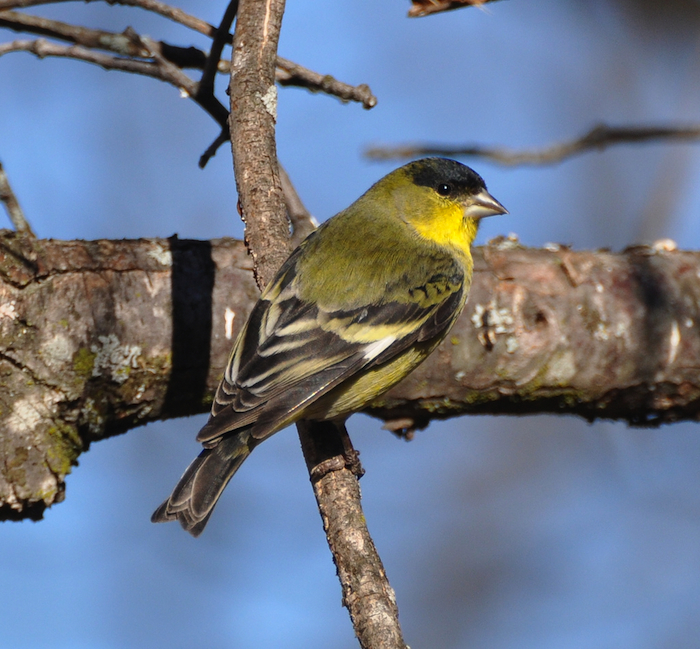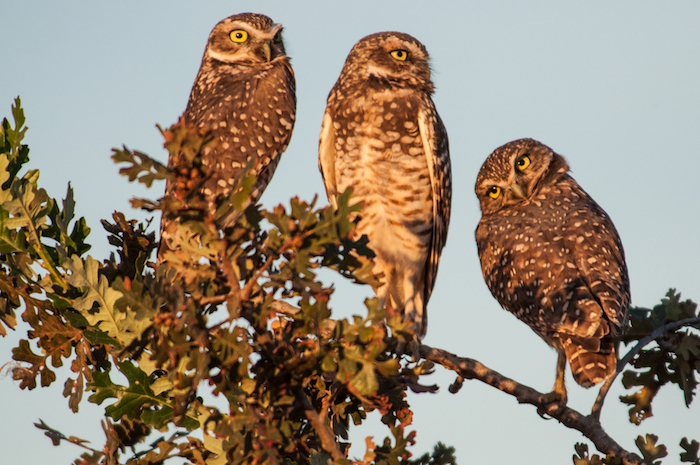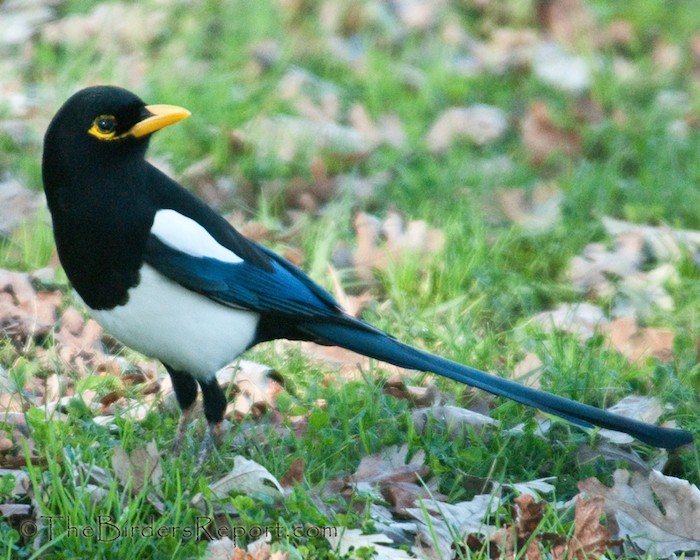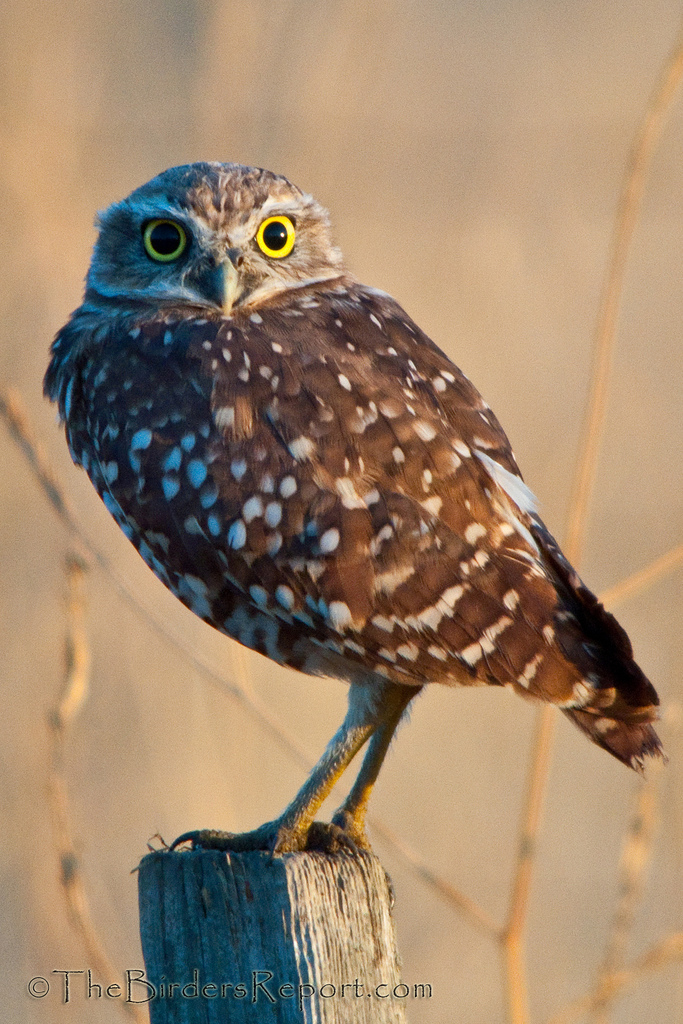New York, N.Y. and Ithaca, N.Y.—From Afghanistan to Zimbabwe, bird watchers from more than 100 countries are expected to participate in the 17th annual Great Backyard Bird Count (GBBC), February 14–17, 2014. Anyone anywhere in the world can count birds for at least 15 minutes on one or more days of the count and enter their sightings at www.BirdCount.org. The information gathered by tens of thousands of volunteers helps track the health of bird populations at a scale that would not otherwise be possible. The GBBC is a joint project of the Cornell Lab of Ornithology and the National Audubon Society with partner Bird Studies Canada.
“People who care about birds can change the world,” said Audubon chief scientist Gary Langham. “Technology has made it possible for people everywhere to unite around a shared love of birds and a commitment to protecting them.”
In North America, GBBC participants will add their data to help define the magnitude of a dramatic irruption of magnificent Snowy Owls. Bird watchers will also be on the lookout for the invasive Eurasian Collared-Dove to see if it has expanded its range again. GBBC observations may help show whether or not numbers of American Crows will continue to rebound after being hit hard by the West Nile virus and whether more insect-eating species are showing up in new areas, possibly because of changing climate.
Last year’s Great Backyard Bird Count shattered records after going global for the first time, thanks to integration with the eBird online checklist program launched in 2002 by the Cornell Lab and Audubon. Participants reported their bird sightings from all 7 continents, including 111 countries and independent territories. More than 34.5 million birds and 3,610 species were recorded—nearly one-third of the world’s total bird species documented in just four days.
“This is a milestone for citizen science in so many respects—number of species, diversity of countries involved, total participants, and number of individual birds recorded. We hope this is just the start of something far larger, engaging the whole world in creating a detailed annual snapshot of how all our planet’s birds are faring as the years go by,” said Cornell Lab director Dr. John Fitzpatrick.
“Canadian participation in the Great Backyard Bird Count has increased tremendously in recent years, and it’s wonderful to see this program growing globally,” said Bird Studies Canada President Dr. George Finney. “The count is introducing unprecedented numbers of people to the exciting field of bird watching.”
The Great Backyard Bird Count is a great way for people of all ages and backgrounds to connect with nature and make a difference for birds. It’s free and easy. To learn more about how to join the count visit www.birdcount.org and view the winning photos from the 2013 GBBC photo contest.
The Great Backyard Bird Count is made possible in part by sponsor Wild Birds Unlimited.
# # #
Contacts:
Agatha Szczepaniak, Audubon, (212) 979-3197, aszczepaniak@audubon.org
Pat Leonard, Cornell Lab of Ornithology, (607) 254-2137, pel27@cornell.edu; contact for photos
Dick Cannings, Bird Studies Canada, (250) 493-3393 (West Coast time), dcannings@birdscanada.org





